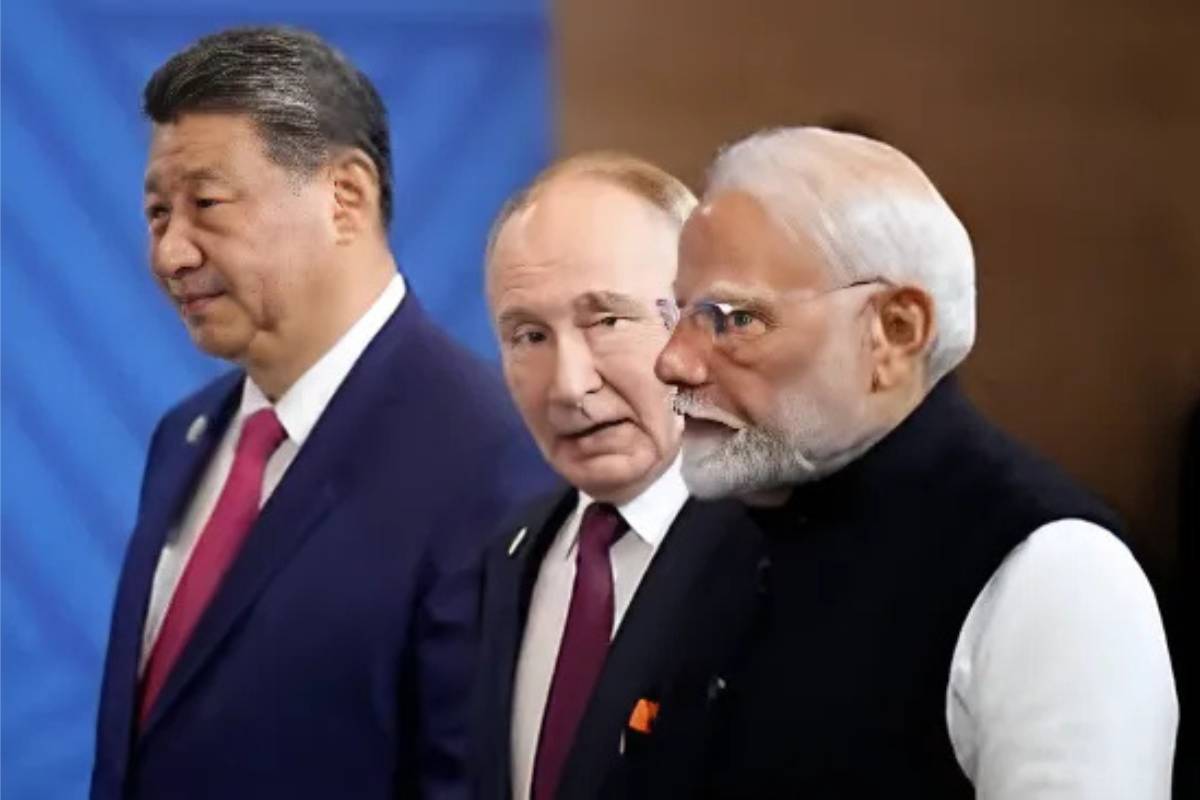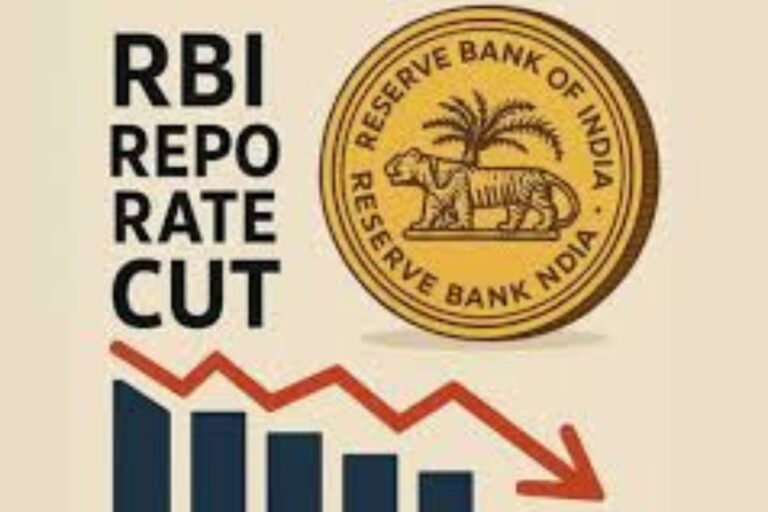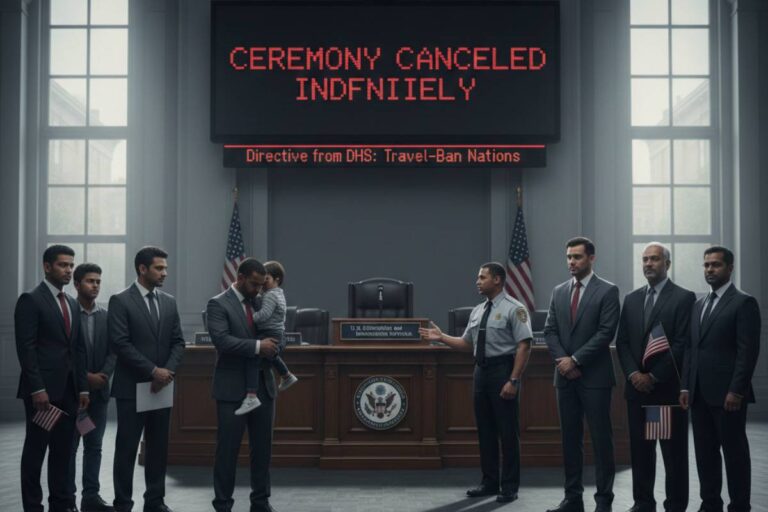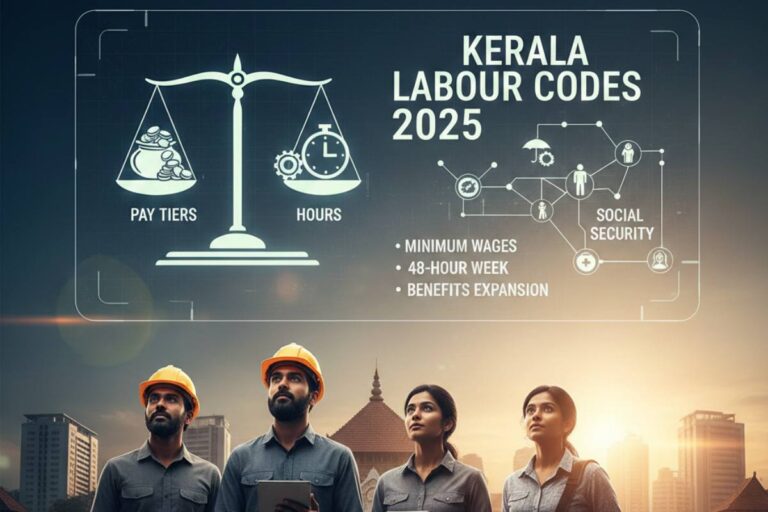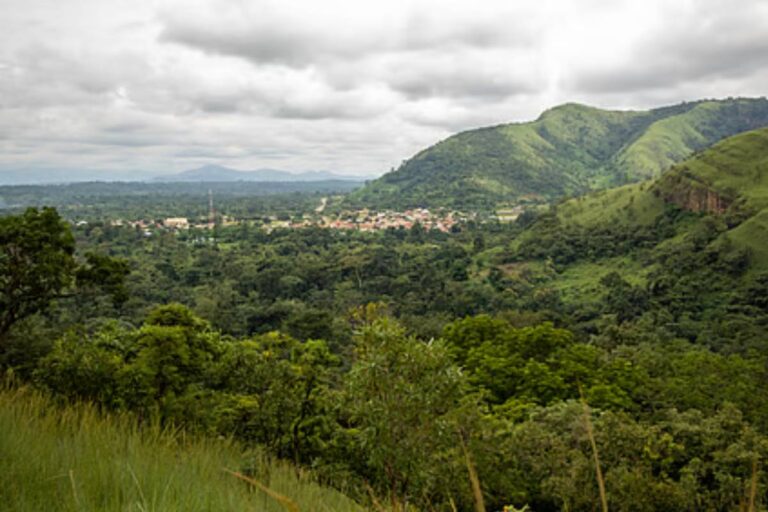BRICS and G7: A Collision of Titans in 2025
Funny thing is, if you look back at early July 2025two big, noisy summits collided, each promising the world a better future, but through very different lenses. One gathering happened in Kananaskis, Canada, tucked between rugged mountains: the 51st G7 Leaders’ Summit, a meeting that rippled through headlines worldwide. The other, halfway around the globe in Rio de Janeiro, was the 17th BRICS SummitBrazil, Russia, India, China, and South Africa, plus a clutch of new entrants. If I’m honest, what happened at each meeting says a lot about the way global power is shifting… and about the fingerprints of one Vladimir Putin, a man never shy about big statements.
BRICS 2025: Expansion, Bold Moves, and a Message to the West
BRICS isn’t the club it used to be. Sure, the old guardBrazil, Russia, India, China, South Africastill call plenty of shots. But this year? New faces. Indonesia, Egypt, Ethiopia, United Arab Emirates walked in as full members. In fact, by the latest count, eleven new partner countries also showed up: Belarus, Bolivia, Kazakhstan, Cuba, Nigeria, Malaysia, Thailand, Vietnam, Uganda, and Uzbekistan. It’s a crowd.
Here’s the kicker: for the first time, BRICS leaders openly declared, without a trace of hesitation, that their economic heavyweight status had overtaken the G7. “We now account for half the world’s population and nearly 40% of its GDP,” Putin said, nodding to the swelling ranks of Global South allies. Talk about a shift in global gravity.
The 17th BRICS Summit’s Key Moments
- Theme: “Strengthening Global South Cooperation for a More Inclusive and Sustainable Governance.” Big words. Even bigger ambitions. You can sense the push for solidarity and visibility among developing economies.
- Rio de Janeiro Declaration: This was more than paperwork. It was a direct challenge to global institutions dominated by Western powersurging reforms for the UN Security Council, IMF, and World Bank, to reflect the real muscle of emerging economies. The language? Clear. The intent? Unmistakable.
- Focus Areas:
- Global health.
- Trade, investment, and development finance.
- Climate change.
- Artificial intelligence.
- Expanding partnerships.
- Security and peace initiatives.
- Global health.
Putin’s Role: Master Coordinator, Multipolar Visionary
If you peel back the layers, Putin’s moves in BRICS go deeper than the headlines. Locked out of much of the West (think: ICC warrants, sanctions, chilly receptions), the Russian president found new life in this group. He coordinated, orchestrated, and sometimes dominated the conversations. What was his message? Simple: the era of “the golden billion,” that old phrase for the privileged West, is fading fast. In its place lives a multipolar, fiercely diverse world order… one where BRICS is the anchor, not the outlier.
Core Goals Pushed by Putin:
- Reshape Global Trade: Boosting transactions in local currencies. Seriouslymoving away from dollar dependence is no longer just an idea; it’s become a playbook.
- Build Alternative Financial Systems: A push for payment methods outside SWIFT and other US-dominated pathways.
- High-Level Diplomacy: Even with travel restrictions, Putin uses BRICS for face-to-face, side-room diplomacy, connecting with the heads of India, Chinaeven those wary of Western entanglements.
A Multipolar World Takes Shape
Nestled within all the declarations and handshakes was one big motif: multipolarity. That’s not just a buzzword’s Putin’s vision for a world where no one group sets the rules for everyone else. BRICS, in this narrative, is the vanguard. Dethroning unipolar dominance and giving emerging nations equal seats at the grown-ups’ table.
“The unipolar system is unravelling, giving way to a multipolar economic system that truly reflects the interests of the global majority,” Putin remarked, pointing to BRICS’s swelling membership and global reach.
Crackling Tensions: G7, Trump, and the Tariff Threat
Halfway around the globe, the G7 Summit in Canada was humming with its own drama. Donald Trump, back in the spotlight, issued fresh warningsmore tariffs aimed squarely at BRICS nations. The climate? Frosty, no doubt. As Western powers brainstormed ways to counter foreign interference, secure critical minerals, and roll out new financial sanctions against Russia, the BRICS summit echoed with calls for dedollarisation and greater South-South cooperation.
What Did the G7 Achieve?
- Critical Minerals Security: New plans for supply chain resilience in crisis-prone industries.
- AI and Quantum Tech Push: Collaboration on innovation, with a nod to ethics and digital inclusion. Believe it or not, G7 wants a role in the same digital future BRICS is targeting.
- Wildfire Response: “Kananaskis Wildfire Charter” launched to find science-based, local solutions to a global problem.
- Sanctions on Russia: Additional billions in military and loan support for Ukraine. If you’re thinking this drives a wedge with Russiaabsolutely.
- Combatting Transnational Crime: Including new plans against migrant smuggling, transnational repression, and economic threats: a virtual alphabet soup of policy papers.
India, as always, found itself in an interesting danceinvited to G7 as an outreach state, but vocally pushing Global South priorities in BRICS. It’s like watching someone balance on a high wire, with ties to both camps.
The Two Declarations: BRICS and G7 Rewrite Global Playbooks
BRICS 2025 Declaration Highlights
- Strengthened commitment to multilateralism and inclusive governance. Calls for reforms to the UN, IMF, and World Banknothing half-hearted here.
- New initiatives: Climate finance frameworks, global AI governance principles, partnerships to eliminate endemic diseases (Tuberculosis is a start), cross-border payment systems to sidestep currency restrictions.
- Solidarity with war-affected regions, condemnation of terror attacks, support for “African Solutions to African Problems.”
“We reject mechanisms like the EU Carbon Border Adjustment Mechanism (CBAM),” BRICS members said. The argument? Such measures penalise developing nationsundermining a fair transition to cleaner economies.
G7 2025 Declaration Highlights
- Unified front against climate threats, foreign interference, and digital exclusion.
- Commitment to secure critical mineralskeeping technology and industry humming even when trade winds shift.
- Promises to bolster AI adoption, quantum innovation, and international finance in support of global security.
- Record-setting loans and grants to Ukraine, among other conflict zones.
Digging Deeper: Economic Power Shifts and Future Implications
Here’s what’s not in the official statements but hangs in the air nonethelessBRICS outpaced G7 in global GDP and population. That’s not fluff. According to economists, BRICS now represents around 40% of the world’s economy and a distinct majority of its people.
- Why does this matter? The old systemdominated by dollar trade and Western bankingfaces new competition. Payment platforms, currencies, and even trade rules may soon look different. All because the emerging markets flexed their muscles, driving home the idea that Western rules no longer work for everyone.
- Does the West have answers? Well, the G7 wants resiliency through minerals, tech, and hardline policies. But the rising influence of BRICS means Western countries will need to rethink not just sanctions or tariffs, but the frameworks that underpin trade and diplomacy at every level.
The New Faces of BRICS: Who Joined, Who Influenced
Brazil, Russia, India, China, South Africa. But in 2025, add Indonesia as a big new voice. Eleven more partners from Africa, Asia, and Latin America. The group’s footprint? At this point, global.
Even more interestingly
- China’s Li Qiang attended and spoke on peace, security, and governance reform.
- Brazil’s Lula da Silva chaired high-stakes political discussions.
- India, preparing to host BRICS in 2026, pushed for tech collaboration, digital economy strategies, and new health initiatives.
The Global South Rises: What Does the Future Hold?
If you listen to the pitches from Rio, the Global South isn’t content with “outreach” status anymore. They want real influence on climate finance, digital divides, international health, and the rules of the world’s biggest trade deals. South-South cooperation isn’t just a talking point; it’s turning into policy.
BRICS Focus Areas 2025 and Beyond
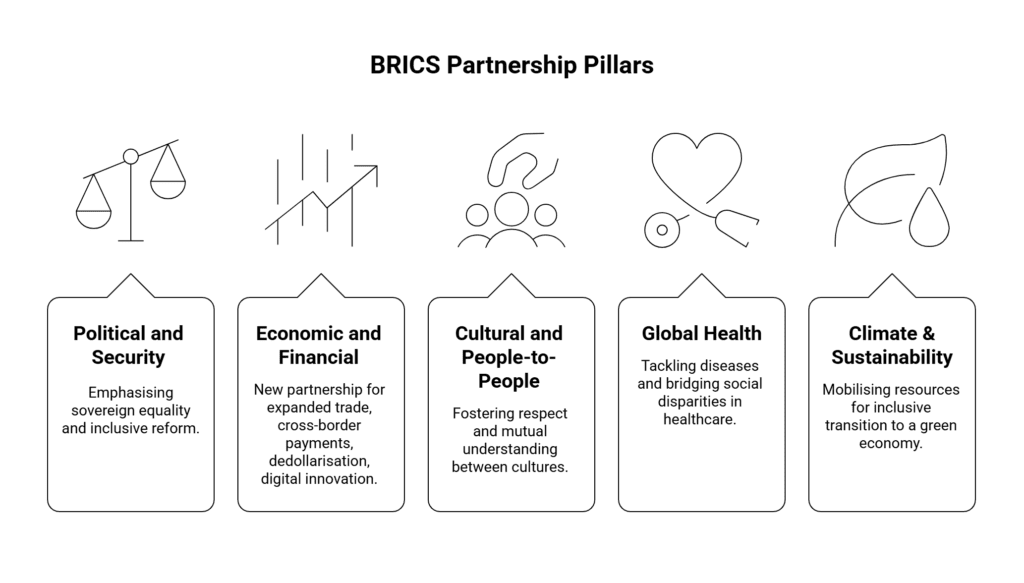
- Political and Security: Emphasising sovereign equality and inclusive reform.
- Economic and Financial: New partnership for expanded trade, cross-border payments, dedollarisation, digital innovation.
- Cultural and People-to-People: Fostering respect and mutual understanding.
- Global Health: Tackling diseases and bridging social disparities.
- Climate & Sustainability: Mobilising resources for inclusive transition to a green economy.
Turbulence on the Horizon: Can Old Alliances Hold?
BRICS is not immune to its internal complexitiesborder disputes (think India-China), sometimes conflicting interests, and a balancing act between old priorities and new ambitions. Still, for now, the tone is collaborative. The common cause is crystal clear: fair representation, economic sovereignty, and the kind of innovation that levels the playing field.
On the other hand, the G7 will not fade quietly. Their emphasis on technology, minerals, and security is about protecting long-held advantages. As digital currencies, AI governance, and supply chains evolve, expect friction, negotiation, and sometimes outright confrontation between these two camps.
Final Thoughts: A World Rewritten by Summits
Believe it or not, these two summits were not just diplomatic theater. They were a draft of the new rulebook that can’t be written in the language of the last century. Putin, by steering BRICS into a post-Western direction, has forced the rest of the world to take notice. The expansion, the declarations, the tough stance against old trade rules are all designed to amplify the Global South’s voice.
Meanwhile, the G7, while bracing against external threats from wildfires to foreign intervention, remains a formidable force. Their actions, especially on Ukraine and critical innovations, reveal a clear resolve to stay relevant, powerful, and united.
As power shifts, expect further summits, sharper rhetoric, beneath it all, a quieter reckoning about what global leadership will mean for the next generation.
Summary Table
| Summit | Location (2025) | Main Outcomes/Focus | Notable Players |
| BRICS | Rio de Janeiro | Expansion, multipolarity, dedollarisation, climate action, inclusive governance | Putin, Lula, Li Qiang |
| G7 | Kananaskis, Canada | Critical minerals, tech innovation, climate response, sanctions, global security | Trump, Carney, Modi (Outreach) |
Key SEO-Optimized Phrases Embedded:
- “Putin coordinates BRICS response to G7”
- “BRICS vs G7 2025 economic power“
- “BRICS Summit 2025 outcomes”
- “Global South leadership in BRICS”
- “Dedollarisation and alternative finance”
- “BRICS expansion and international governance”
- “G7 Summit 2025 agreements”
- “India, Brazil, China, Russia strategic roles”
- “Climate finance, critical minerals, AI governance, BRICS, G7”
So, as the dust settles on two packed summits, here’s what’s clear: The world’s old power centers don’t call all the shots anymore. Putin, BRICS, and their allies have rewritten the playbook. And you can bet, when next July rolls around, every major capital on Earth will be watching just as closely, and maybe with a little more humility.








